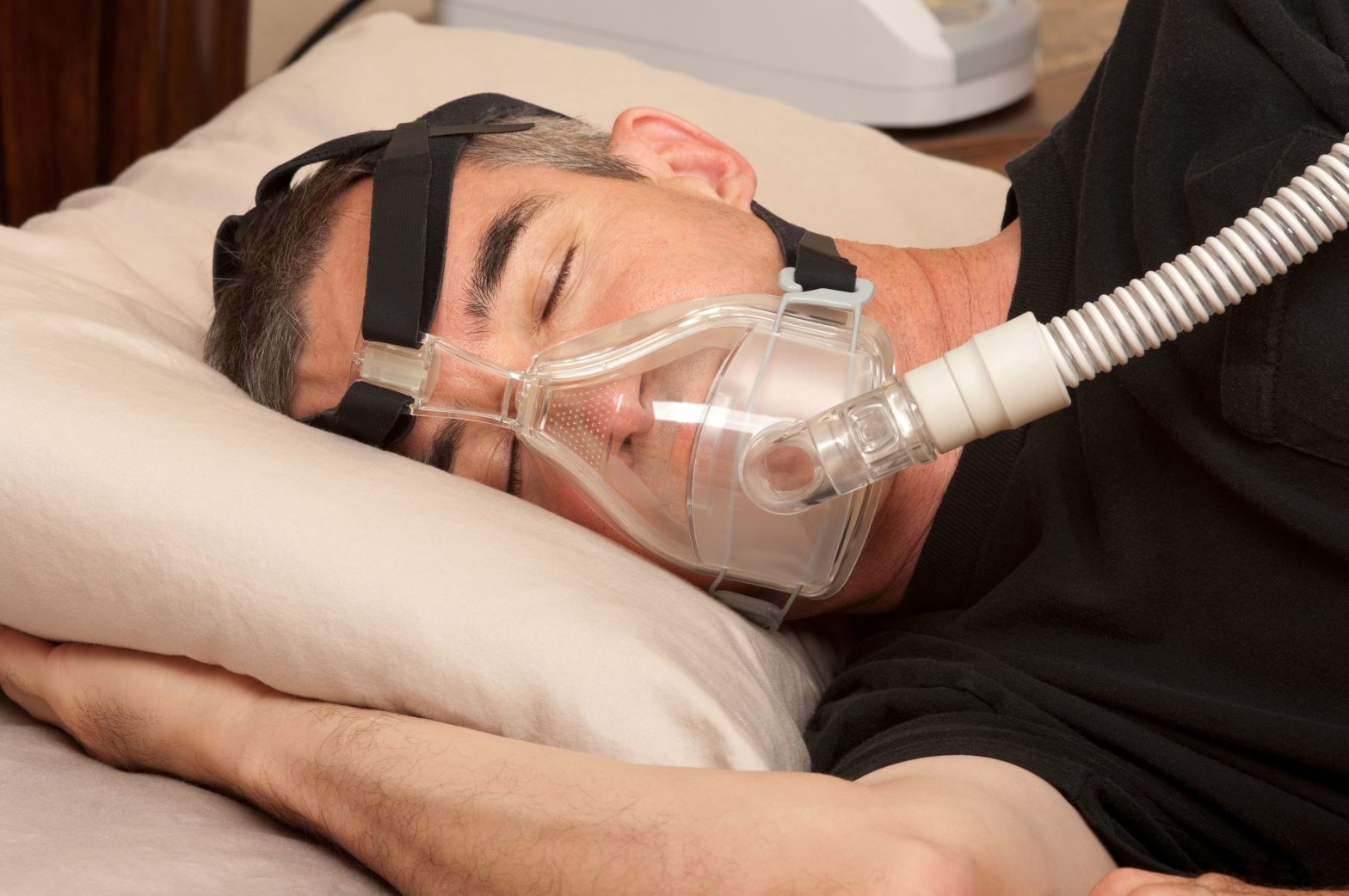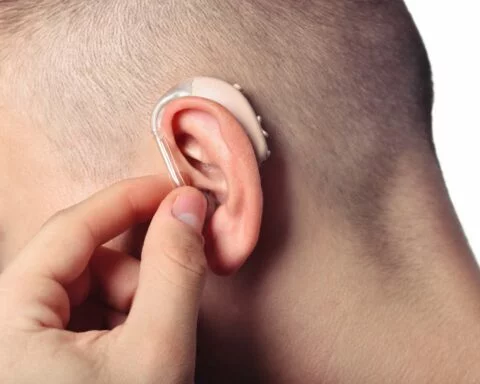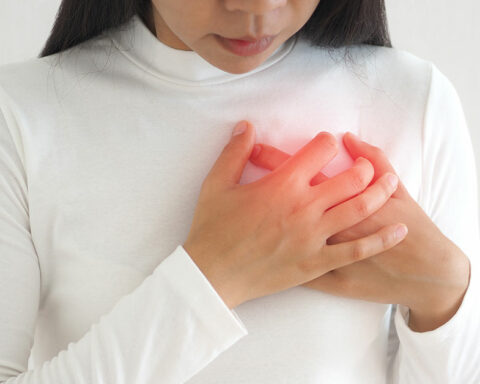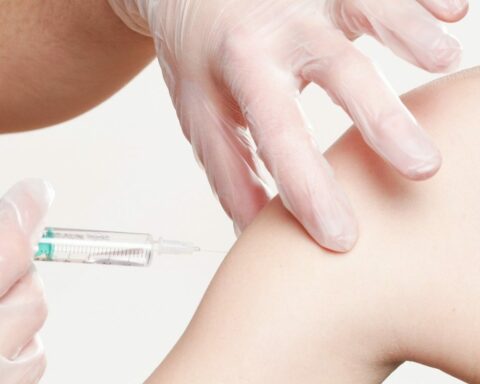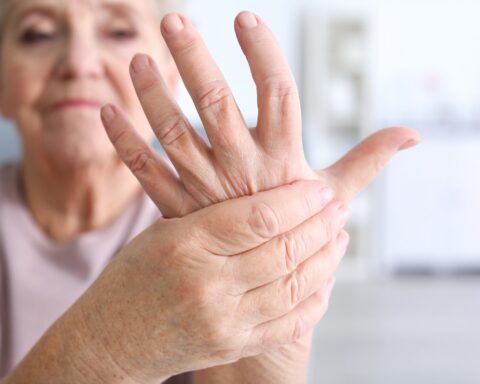Sleep apnea is a common sleep disorder characterized by brief interruptions in breathing during sleep, often resulting in loud snoring and excessive daytime sleepiness. It can lead to serious health complications, including high blood pressure, heart disease, and stroke. One common treatment option for sleep apnea is the use of continuous positive airway pressure (CPAP) machines, which use a mask to deliver a constant flow of air to keep the airway open. However, many people find CPAP treatment uncomfortable or difficult to use consistently. In recent years, there has been increasing interest in maskless sleep apnea treatment options. In this guide, we will discuss several maskless treatment options for sleep apnea.
Positional Therapy
Positional therapy is a simple and effective maskless treatment option for some people with sleep apnea. This therapy involves sleeping in a position that prevents the airway from becoming obstructed. For many people with sleep apnea, the airway is more likely to become obstructed when they sleep on their back. Sleeping on one’s side can often help keep the airway open, allowing for more regular breathing during sleep.
There are a number of devices available to help people sleep on their side. One option is a positional pillow, which is designed to keep the head and neck in a comfortable and stable position while sleeping on one’s side. Another option is a wearable device, such as a belt or vest, which provides gentle pressure to encourage the wearer to sleep on their side.
While positional therapy can be effective for some people, it may not be suitable for everyone with sleep apnea. People who experience frequent episodes of apnea during the night may not benefit from positional therapy alone.
Oral Appliances
Oral appliances, also known as mandibular advancement devices, are another maskless treatment option for sleep apnea. These devices are worn in the mouth and work by repositioning the jaw and tongue to keep the airway open during sleep.
There are several different types of oral appliances available. Some are designed to hold the tongue in a forward position, while others reposition the jaw to create more space in the airway. Some devices are adjustable, allowing for a personalized fit.
Oral appliances may be particularly useful for people with mild to moderate sleep apnea, or for people who cannot tolerate CPAP treatment. They are often more comfortable and less cumbersome than CPAP machines. However, oral appliances may not be suitable for everyone, particularly those with severe sleep apnea.
Hypoglossal Nerve Stimulation
Hypoglossal nerve stimulation (HNS) is a relatively new maskless treatment option for sleep apnea. This therapy involves the use of a small device implanted in the chest that delivers electrical stimulation to the hypoglossal nerve, which controls the movement of the tongue.
During sleep, the device detects when breathing is interrupted and sends a signal to the hypoglossal nerve, causing the tongue to move forward and open the airway. The stimulation is timed to coincide with each breath, ensuring that the airway remains open throughout the night.
HNS may be particularly useful for people with moderate to severe sleep apnea who cannot tolerate CPAP treatment or who have not responded well to other treatment options. However, HNS is a more invasive procedure than other maskless treatments, requiring surgery to implant the device.
Nasal Dilators
Nasal dilators are a non-invasive maskless treatment option for sleep apnea that work by widening the nostrils to improve airflow. These devices are placed inside the nostrils and gently expand the nasal passages, reducing resistance to breathing.
- Bell Peppers 101: Nutrition Facts and Health Benefits - April 19, 2024
- Products That Assist with Stress Relief - September 21, 2023
- TRÈFLE – THE ROAD TO THE 15TH - July 29, 2023

